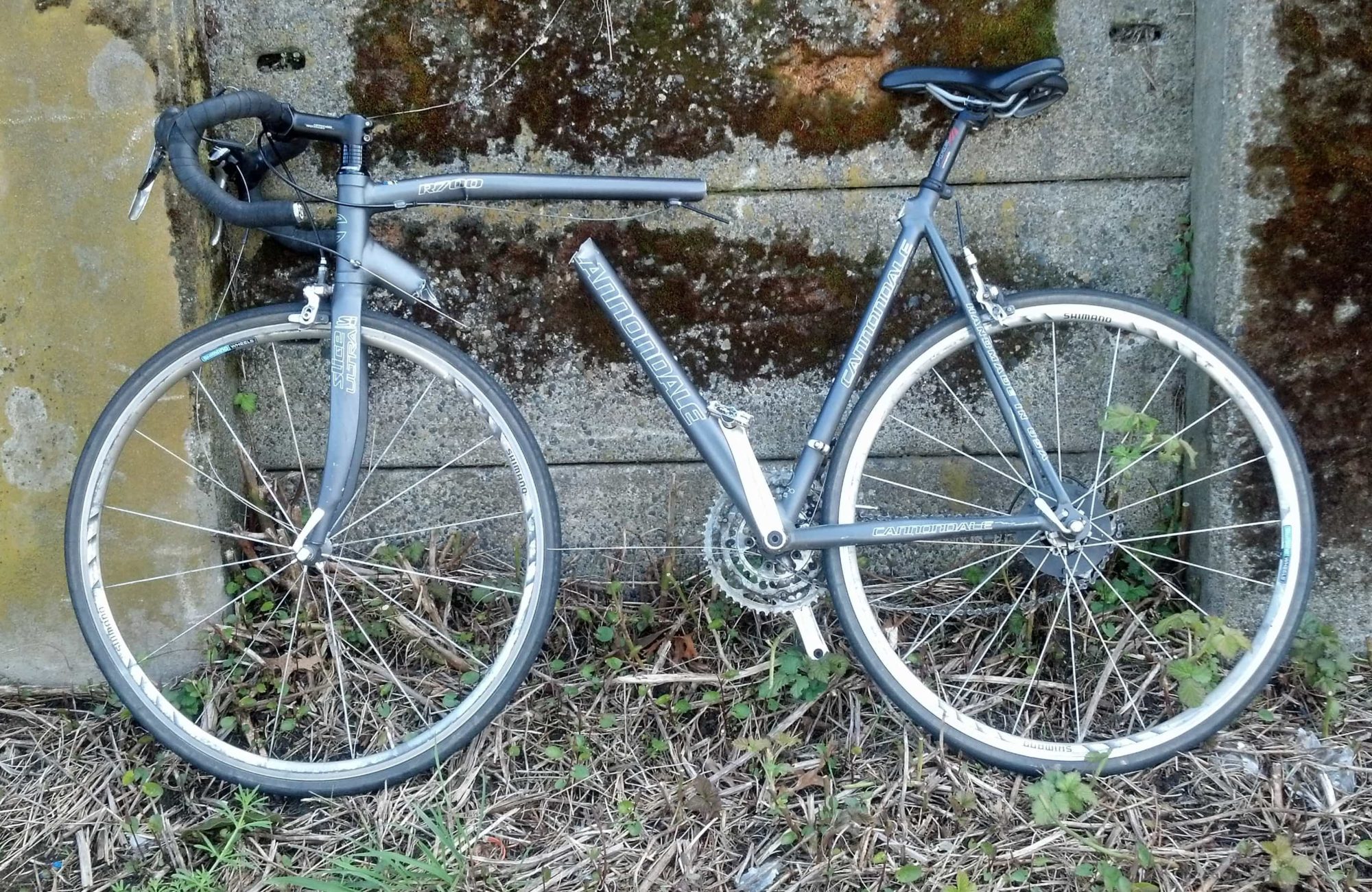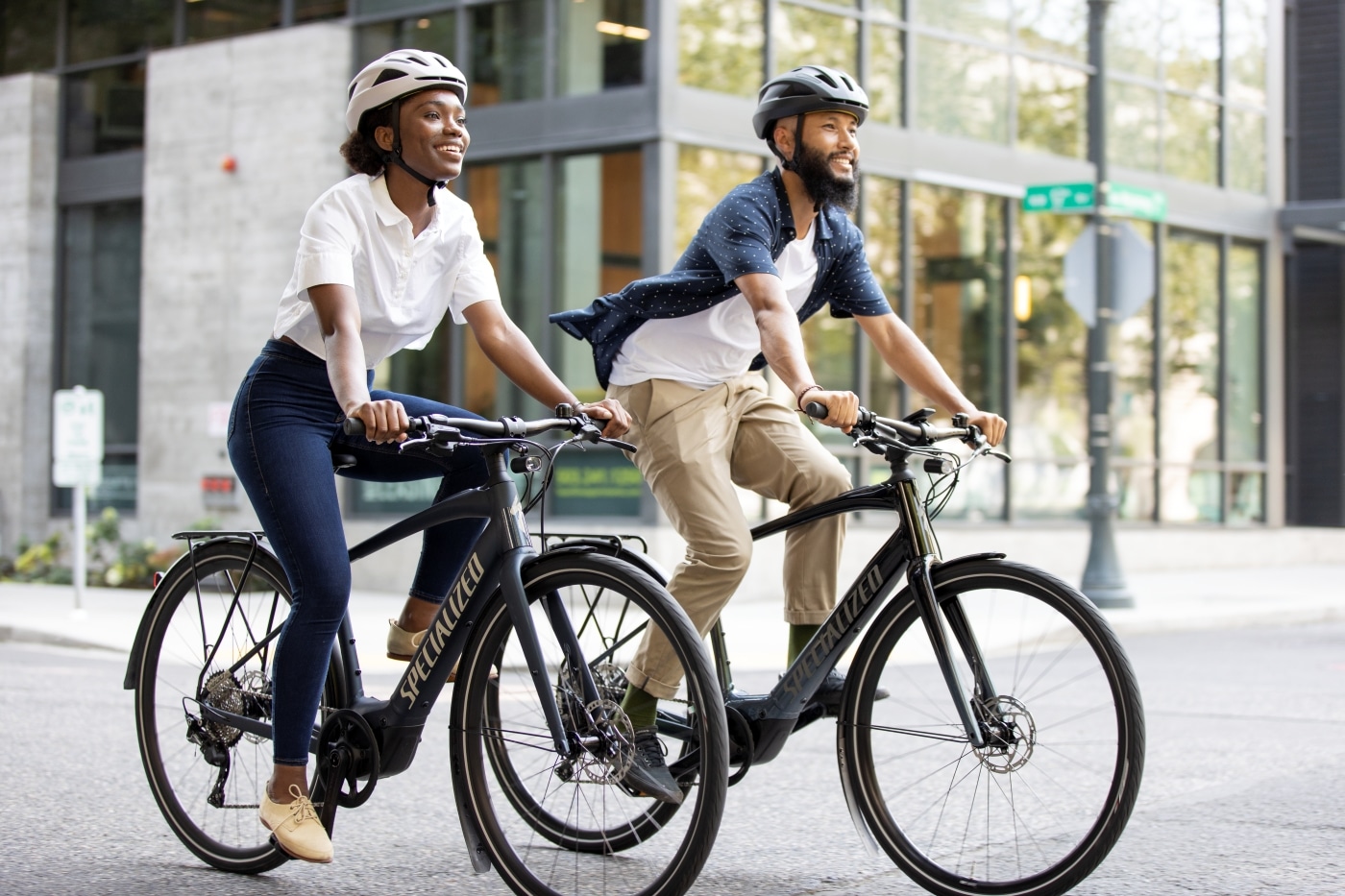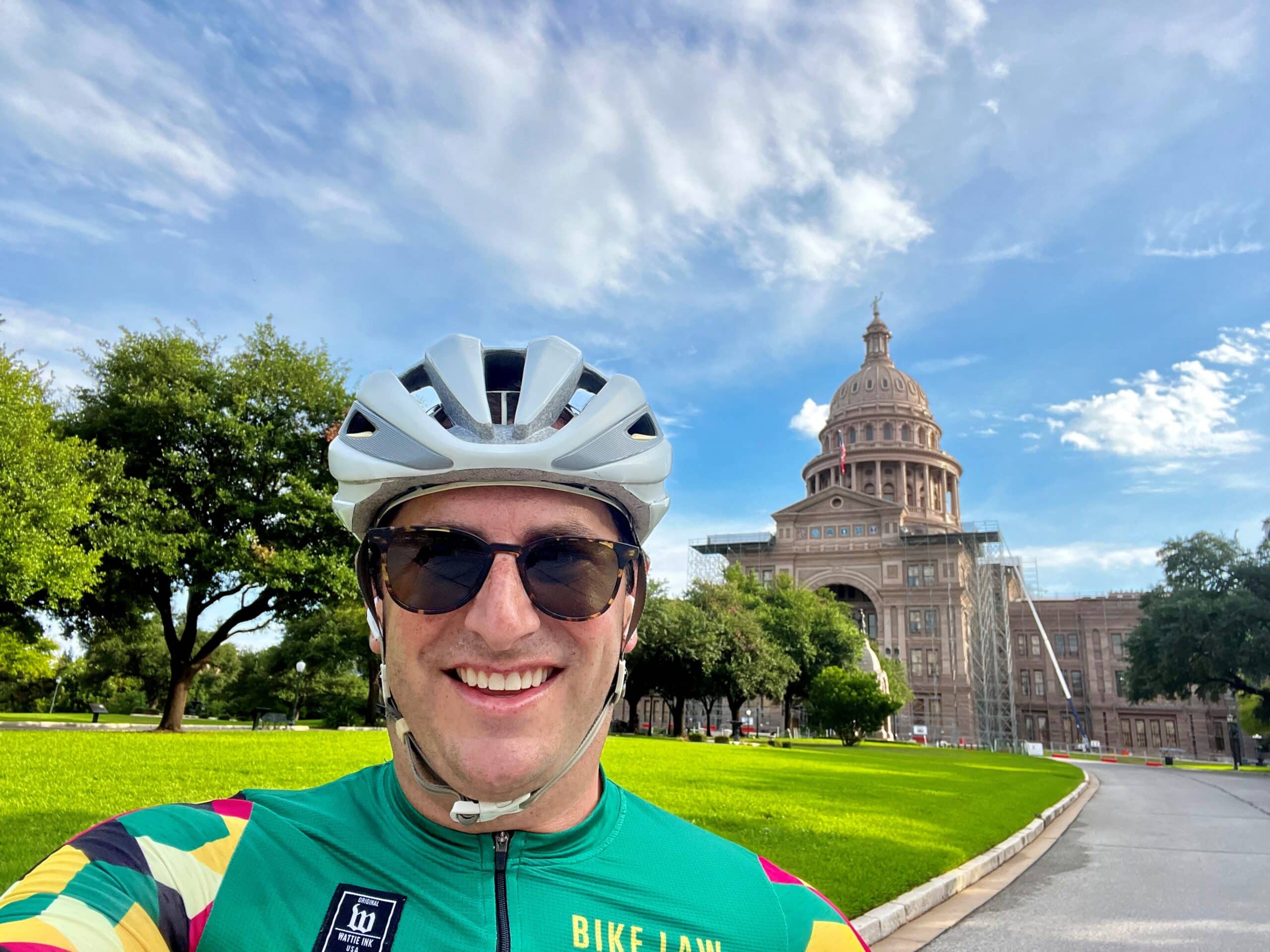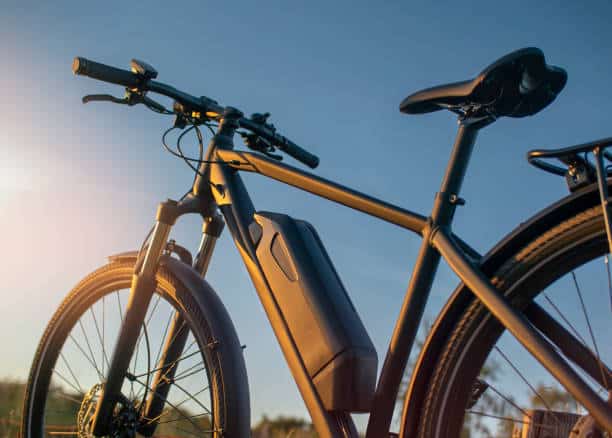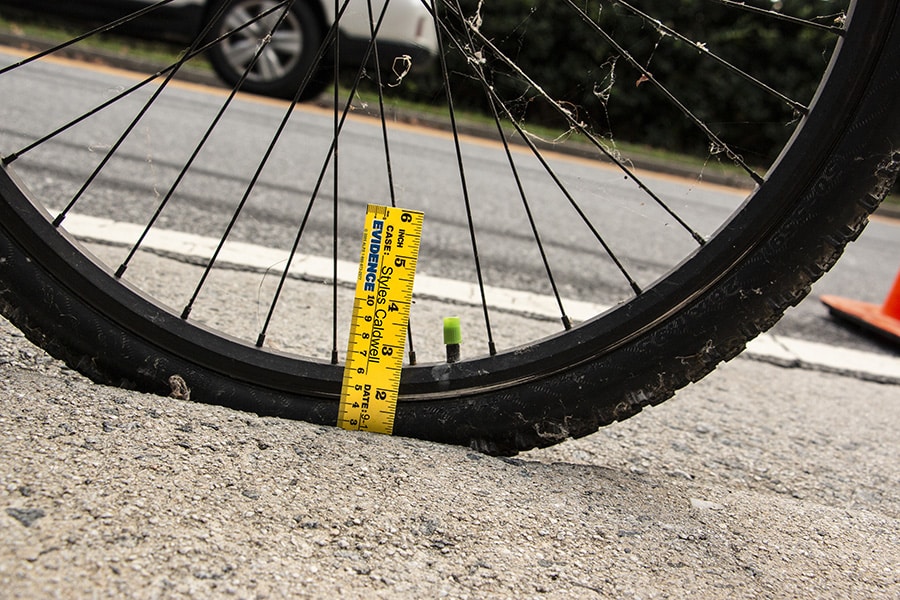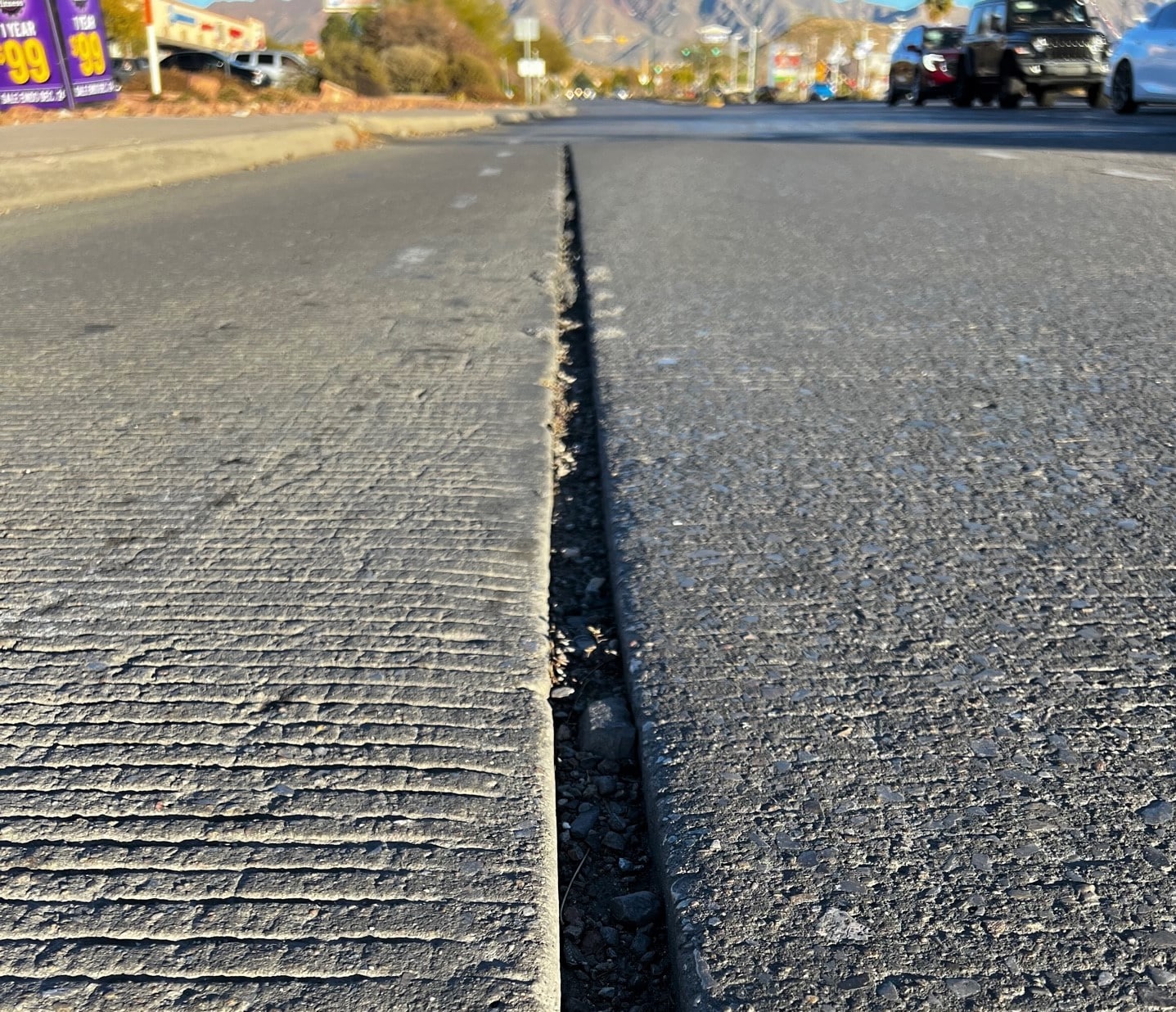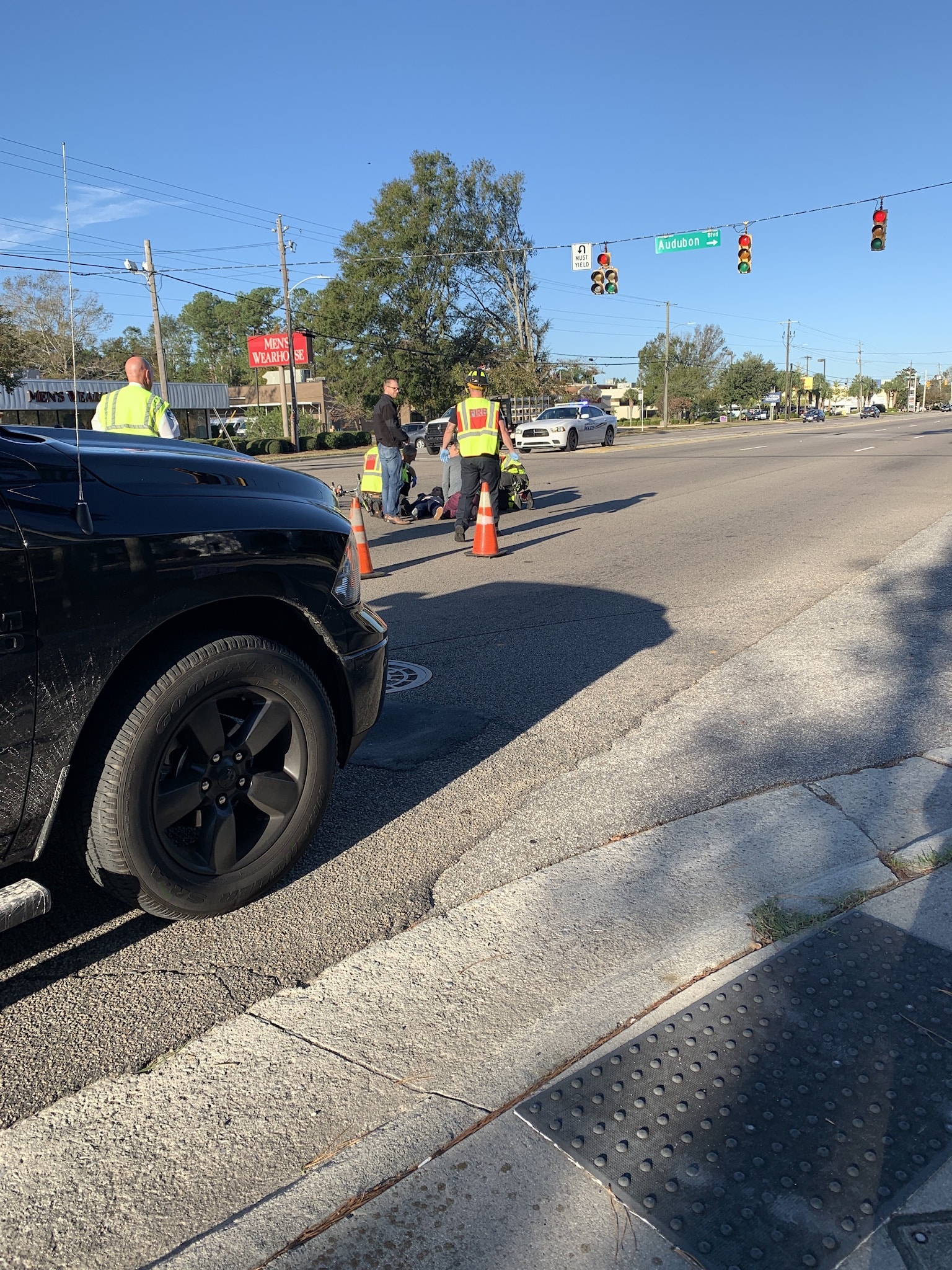You survived that , but your ride was trashed. Now you ?
You can’t believe that just happened. You were cut off. Left hooked. Doored. However your crash occurred, it happened, and thankfully you are walking away, shaken and pissed off. Sadly, you can’t say the same for your bike. Your frame is cracked or bent. Fork or wheels trashed. Saddle ripped. Who is going to pay?
My firm receives several calls a week from cyclists involved in a crash where their bikes were damaged or totaled, but they are fine. As a New York bike crash lawyer in and around New York City, I get lots of these calls. So do the other lawyers in the Bike Law network.
They call for advice on whether they need to hire a lawyer to pursue a property damage claim when a negligent driver causes damage to their bike. If the cyclist was injured in the crash then our firms can and will help. That is any good bike lawyer’s normal practice. If the cyclist was thankfully not injured, but still wants to pursue a bike damage claim, they most likely do not need the assistance of a bike lawyer. However, dealing with the insurance company that insures the negligent driver does require some knowledge of the system.
Handling the property damage claim yourself is not complicated. By law, you are entitled to be compensated for the cost of repairs. If the bike was totaled, you are entitled to be compensated for the replacement value of your bike. Do not let the insurance company convince you that you should settle for a “depreciated” value of your bike.
There is no such thing as a “Kelly Blue Book” for bikes although some websites have popped up claiming to serve that purpose.
If a bike is no longer manufactured and the closest or similar model costs more, the company is responsible to pay the increased replacement cost. While they normally don’t agree with this, this remains our position and we suggest you do the same. It’s not your fault that your perfectly good bike is now trashed. Why should you have to pay more to replace it?
Here are our suggestions on how to handle your property damage claim:
1.) Get the Police Report. You did call the police right? This will give you all the contact information you need and hopefully the driver’s insurance information as well. If there is a witness on the report contact the witness and ask that they provide you with a statement. If the police were not called, hopefully you obtained enough information to help you identify the driver, owner, and insurance company.
2.) Identify the insurance company. This information is usually on the police report or you got it at the scene.
3.) Take pictures of your bike. A lot of them. The pictures should show the whole bicycle as well as the individual parts that were damaged. Photos should also be taken of serial numbers or other identifying labels or inscriptions.
4.) Get one or more estimates for the repairs. If the bike is totaled, try to obtain your original purchase receipt. Most bike shops are very helpful in this task as they hope you will return to their shop to make your new purchase. If you can’t get the original receipt, some insurance companies will accept a credit card bill. Internet searches are also helpful in obtaining the original and replacement costs of the bike.
5.) Document other damages that you will claim. Did you make improvements to the bike such as cranks or stems, bags, water bottle cages, bike computers? Was your clothing or other items damaged in the crash? If so, you are entitled to be reimbursed for these items as well.
6.) Once you have compiled all your evidence you’ll need to call the insurance company and file a claim. Do this as soon as you can. This may be the company’s first notice of the crash. Yes, that negligent driver probably did call their insurance company to report the crash. You will have to give them some details about the crash. Providing them with a copy of the police report will help expedite the claim. Be careful when making statements to an insurance company. Be aware that they are usually recorded. The adjuster may act warm and friendly but they are not your friend. The innocent statement you make may be detrimental to your claim later on.
7.) This information is critical. DO NOT replace or repair the bike before your claim is resolved. BEFORE you have any repairs made, offer to make the bike available for the insurance company to inspect it themselves.
What happens next…
Once the claim is established you will be provided with a claim number. Use this to identify your claim when calling and writing. After submitted your documentation give them some time. Insurance companies are notoriously slow. Give a call to confirm everything has been received and if they require anything else. They will usually tell you that they are completing their investigation and need more time. Give it a week or so to follow-up on the claim.
If the insurance company continues to ignore you, lowballs you, or flat out denies your claim, you have the right to file a “Small Claims” lawsuit. Each State has their version of a small claims system. In New York State, our Small Claims Courts can hear disputes up to the amount of $5,000.00. Small Claims Court is specifically designed for people with cases that do not warrant the hiring of a lawyer. Small claims courts are generally more informal and often have relaxed rules surrounding evidence to make it easier for people to present their case. The cases are heard without a jury and findings typically made by a Judge or Arbitrator.
[Ed.: This is true in most states, but South Carolina, at least, has a slightly different system of property damage arbitration. Get in touch with a Bike Law lawyer to get direction of your state’s laws. We are happy to help.]
When filing your Small Claims case remember to sue both the driver and the owner of the vehicle as in most States the owner is also responsible for the driver’s actions and is usually the insured under the policy. You and the Judge want a representative of the insurance company present in Court to be able to settle your claim. When going to Court be prepared. Have your photos, estimates, police report and any other evidence organized and prepared for the Judge. Got a witness, bring them. If not, have a signed notarized statement ready to submit.
The defense of Comparative Negligence.
New York, like many other States is a “comparative negligence” State. That means both parties negligence in causing the crash can be considered. The insurance company or the Small Claims Judge may decide that the insurance company is not responsible for the full claim and will reduce the payment based upon your “comparative negligence” in contributing to the crash.
A simple description of how comparative negligence works is the following:
You and a car have a collision at an intersection controlled by a traffic light. Both you and the driver claim the light was in your favor. At trial, a judge or jury finds that you are both equally responsible for the crash. If the award for damages is $10,000.00, that verdict is then reduce by 50% for comparative negligence and the judgment entered would only be$5,000.00.
There are all types of scenarios that may create comparative negligence so do not be surprised if this defense is raised and full value of your claim is not paid.
[Ed.: Four states cling to the doctrine of contributory negligence: Alabama, Virginia, North Carolina, and Washington, D.C. (although it looks like D.C. is going to change the law for the better!). Under contributory negligence, 1% of fault of the cyclist bars recovery].
These are some simple guidelines in handling a bike damage claim. Have more questions? Any member of the bike law network would always be glad to provide some additional free guidance in helping you to get your bike damage claim paid.



